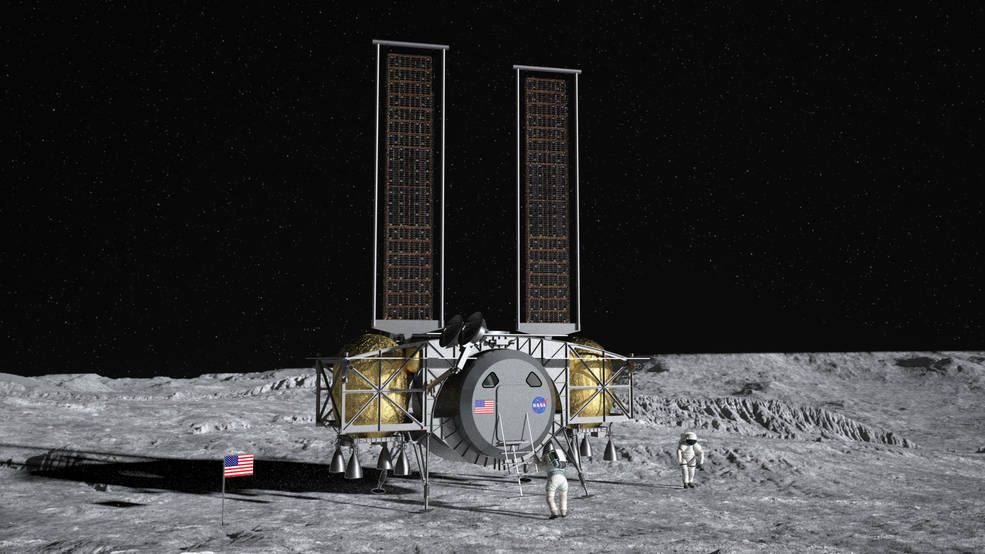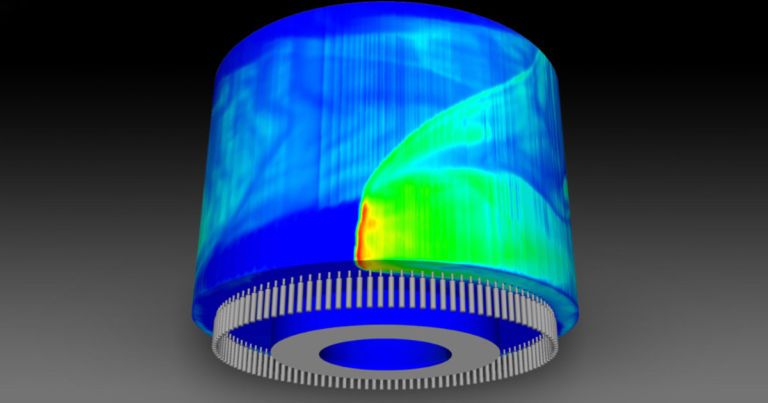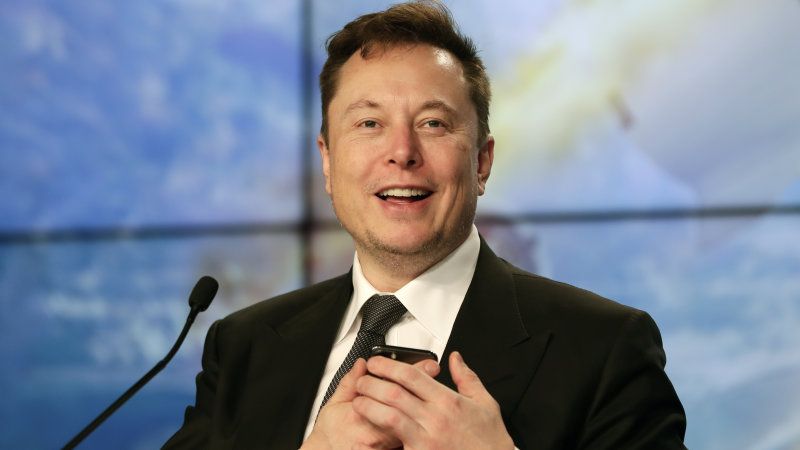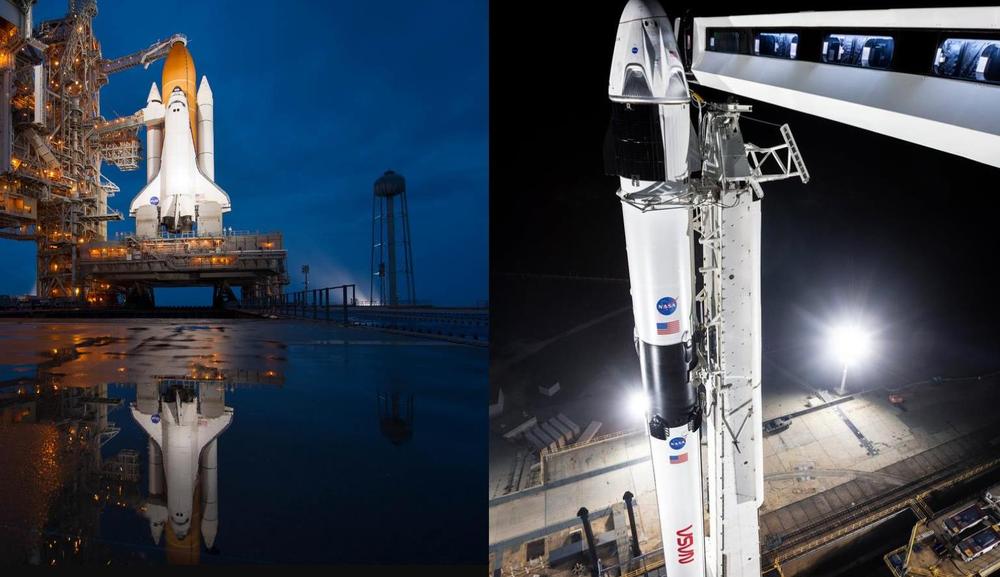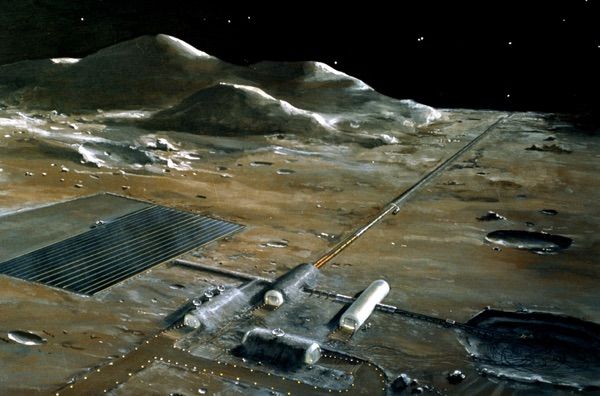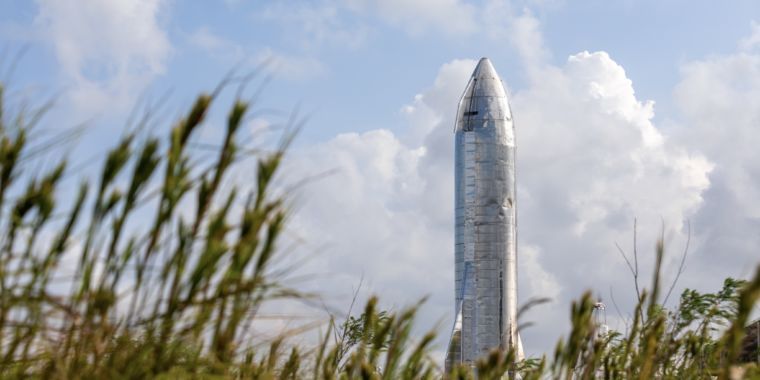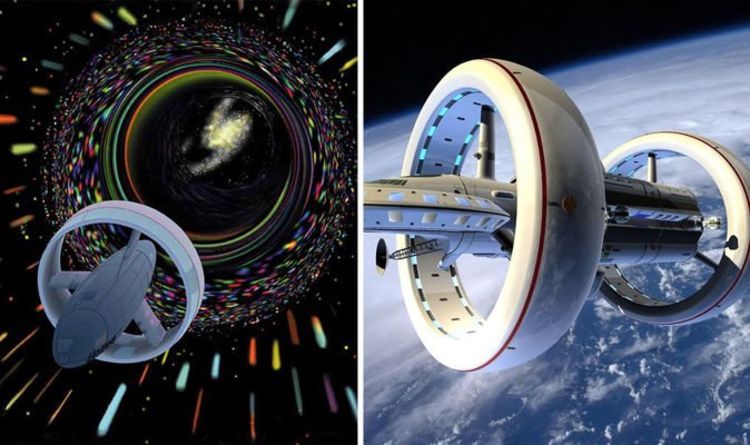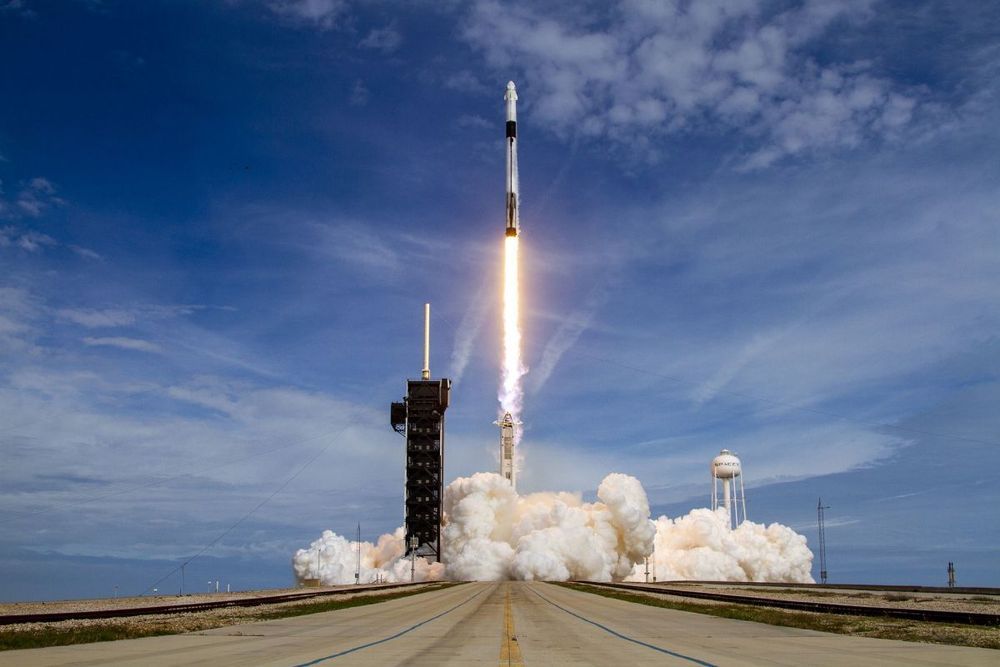On March 6, the Moon Village Association unveiled a set of 15 draft Moon Village Association (MVA) Principles intended to help facilitate the peaceful settlement of the Moon by establishing best practices for the long-term sustainability of lunar and cislunar activity. The MVA Principles are now published on the MVA website and are open for public comment. The announcement by the president of the MVA, Dr. Giuseppe Reibaldi, took place during a day-long symposium on Returning to the Moon: Legal Challenges as Humanity Begins to Settle the Solar System hosted by the Global Space Law Center at Cleveland State University’s Cleveland-Marshall College of Law (see “Hard law or soft law? The debate about the future of space law”, The Space Review, April 13, 2020).
As discussed further below, all stakeholders, including members of the general public, are invited to submit their comments on the principles through the MVA website. The purpose of this article is to answer some basic questions about the nature of the MVA Principles and to provide a concise summary of the principles to acquaint readers with their scope.
What is the Moon Village Association? The concept of the “Moon Village” is a vision of peaceful global cooperation in lunar exploration and utilization. The concept contemplates a collection of international efforts that involve both governmental and non-governmental (i.e. private) entities conducting activities in a spirit of cooperation and mutual assistance. Everyone is free to contribute to humanity’s future on the Moon in accordance with their individual capabilities. The Moon Village Association (www.moonvillageassociation.org) was incorporated in Vienna in 2017 with the goal of implementing the Moon Village concept by serving as a hub of communication for stakeholders in the new international push to establish a permanent human presence on the Moon. At the core of the MVA is an extensive network of professionals and institutions from more than 40 countries.
